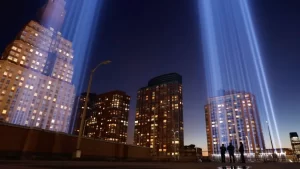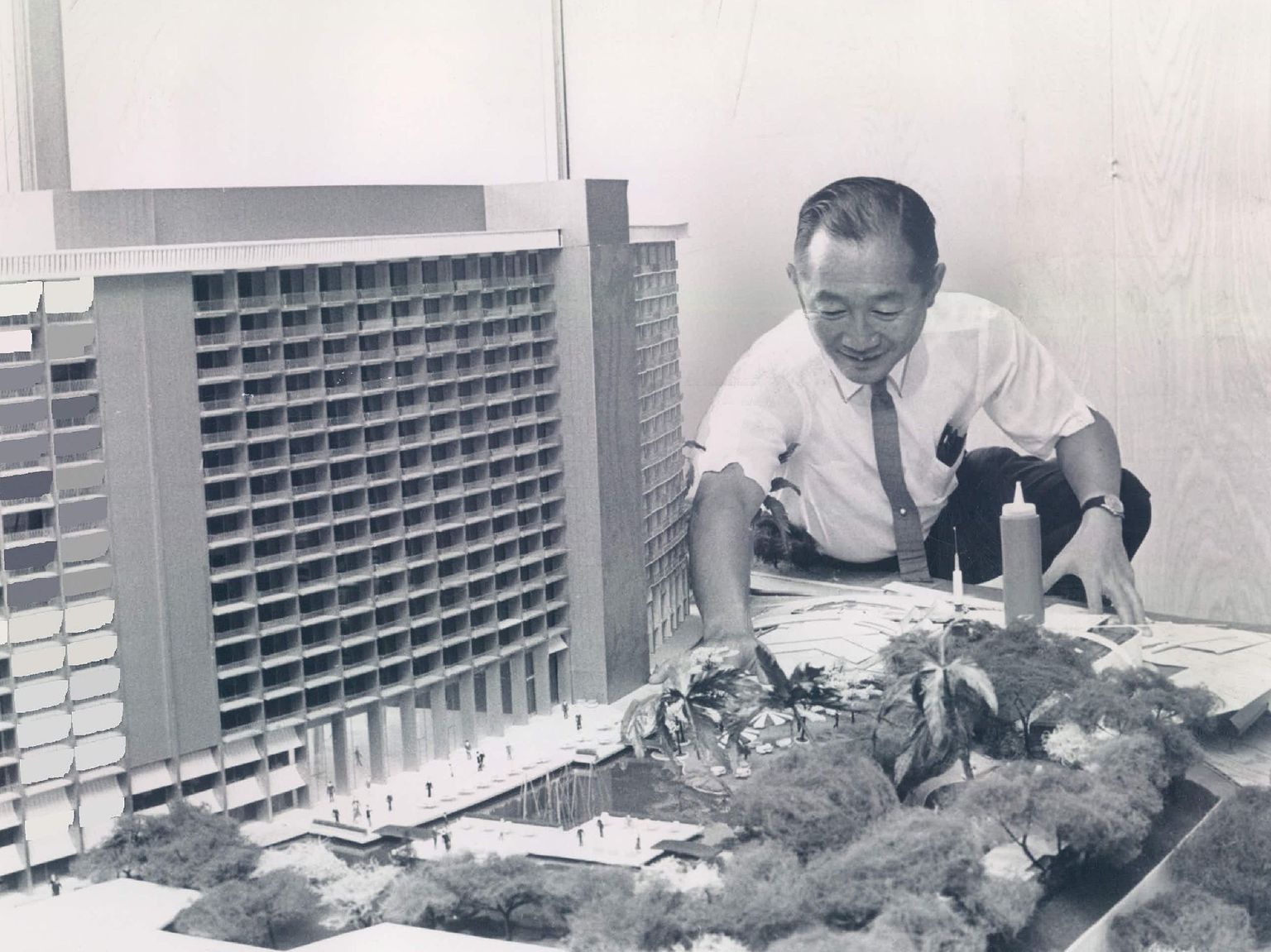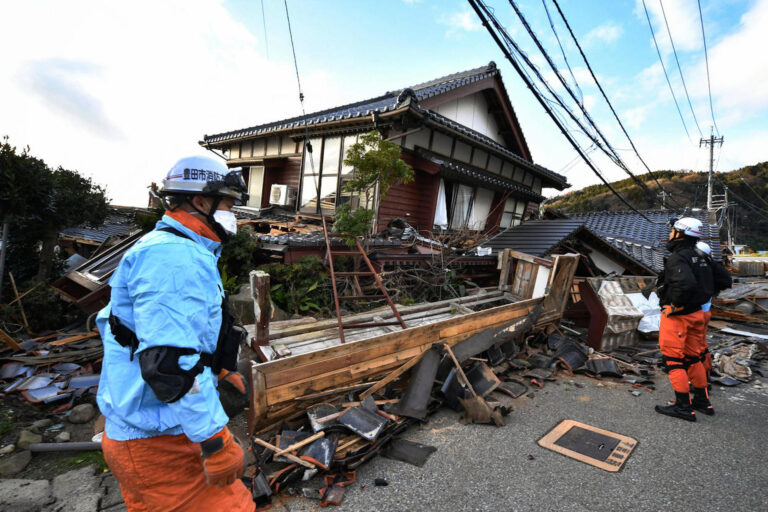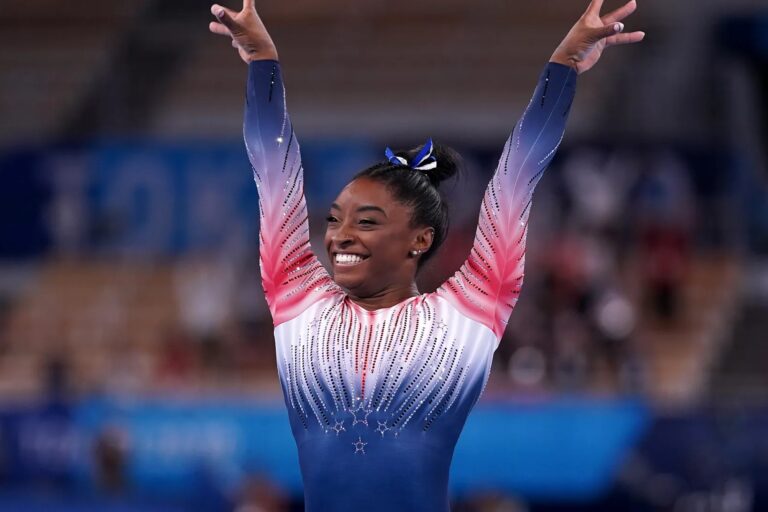The Seattle Architect Who Shaped the World Trade Center and His Enduring Legacy
Architect Minoru Yamasaki, a Seattle native, left an indelible mark on the world of architecture. His journey from the Pacific Northwest to the grandeur of the World Trade Center in New York City is a tale of talent, determination, and overcoming adversity.
From Seattle to the World Stage
Born and raised in Seattle, Yamasaki’s early life was marked by challenges. Growing up in Japantown on Yesler Hill, he faced racism and the hardships of a low-income family. Yet, he persevered, eventually studying architecture at the University of Washington while working grueling jobs in Alaskan canneries.
His break came with an invitation to design the Federal Science Pavilion for the 1962 World’s Fair, an event that captured the world’s imagination. Yamasaki’s creation, now the Pacific Science Center, showcased his talent for blending modernity with elegance.
 The Path to the Twin Towers
The Path to the Twin Towers
Yamasaki’s reputation soared after the success of the pavilion. His unique architectural vision, often described as “Space Age Gothic,” resonated with many. While some critics dismissed his work, others, including the Port Authority of New York and New Jersey, recognized his genius.
Following the World’s Fair, Yamasaki entered the competition to design the World Trade Center in Lower Manhattan. His Detroit-based firm won the bid, marking a significant turning point in his career.
The Challenge of a Lifetime
Designing the World Trade Center was no small feat. Yamasaki faced the daunting task of creating the tallest buildings in the world, each towering over 1,300 feet, while maintaining an emphasis on aesthetics. The project demanded innovation and a departure from traditional architectural norms.
Collaborating with Seattle engineer John Skilling, Yamasaki devised a groundbreaking structural design that relied on exterior frames instead of interior pillars. This innovation maximized leasable space, with each floor offering roughly an acre of room.
A Stripped-Down Masterpiece
In contrast to his more decorative designs, Yamasaki took a minimalist approach with the Twin Towers. Their elegance lay in their simplicity. They were not ornate like some of New York’s classic skyscrapers. Instead, their sheer scale conveyed a message of global economic ascendancy, symbolizing a “beacon of democracy.”
Tragedy Strikes
The globe gazed in sheer horror as the unfolding of the incidents on September 11, 2001, gripped the collective consciousness. The Twin Towers, once symbols of economic might, became targets of a devastating terrorist attack. While the towers did not immediately collapse after being struck by commercial aircraft, the tragedy exposed vulnerabilities in their design.
 A Painful Legacy
A Painful Legacy
Yamasaki passed away in 1986, but his legacy endures. Leslie Robertson, the tower engineer who worked with Yamasaki, witnessed the 9/11 attack. He described it as a moment when the world watched in disbelief and helplessness.
Even today, the events of 9/11 continue to shape our world and politics. Questions and conspiracy theories persist, reminding us not to forget the human toll and heroism that unfolded that fateful day.
Remembering 9/11
September 11 is a day to honor the memories of those lost, the heroism displayed, and the enduring impact of that tragic day. The Twin Towers, with all their symbolism, attracted both admirers and adversaries, a testament to their profound significance.
In the midst of political debates and controversies, it’s essential to pause and remember, ensuring that the lessons and stories of 9/11 are never lost to history.
Photo Credit: The Seattle Times, Getty Images






